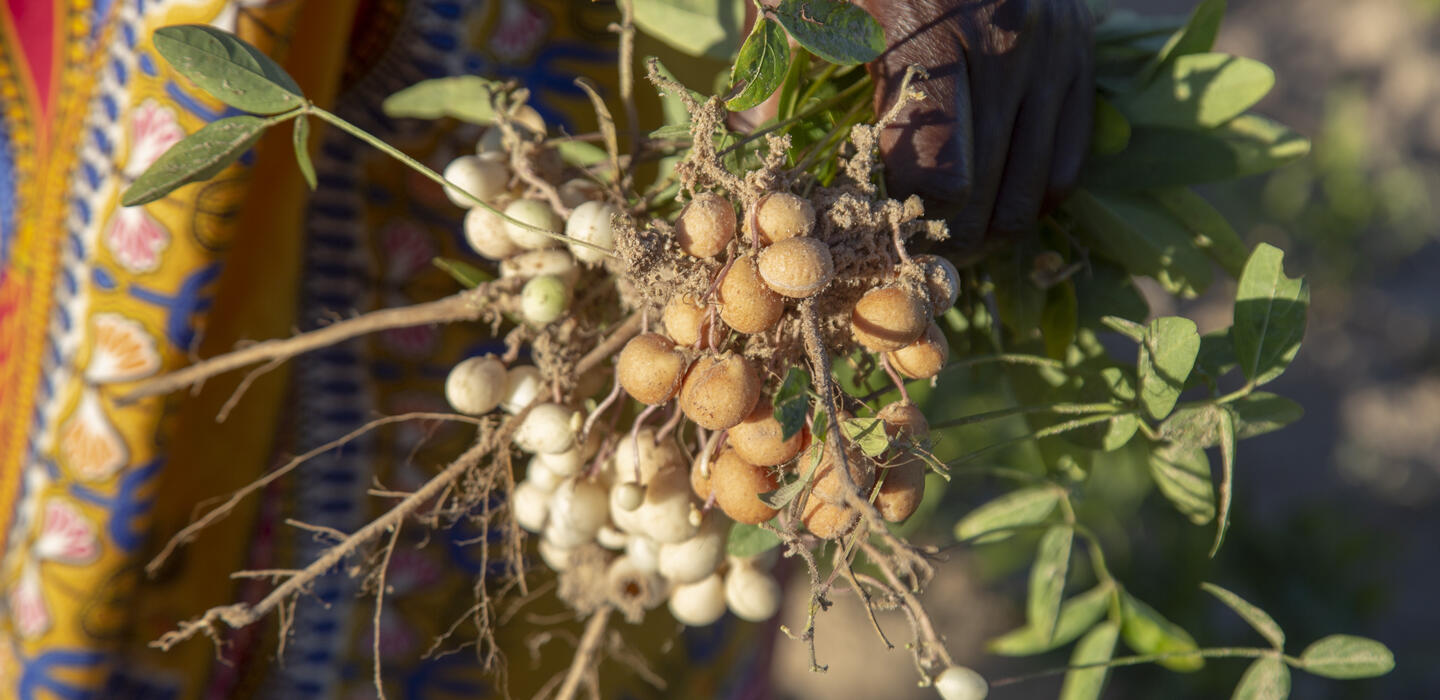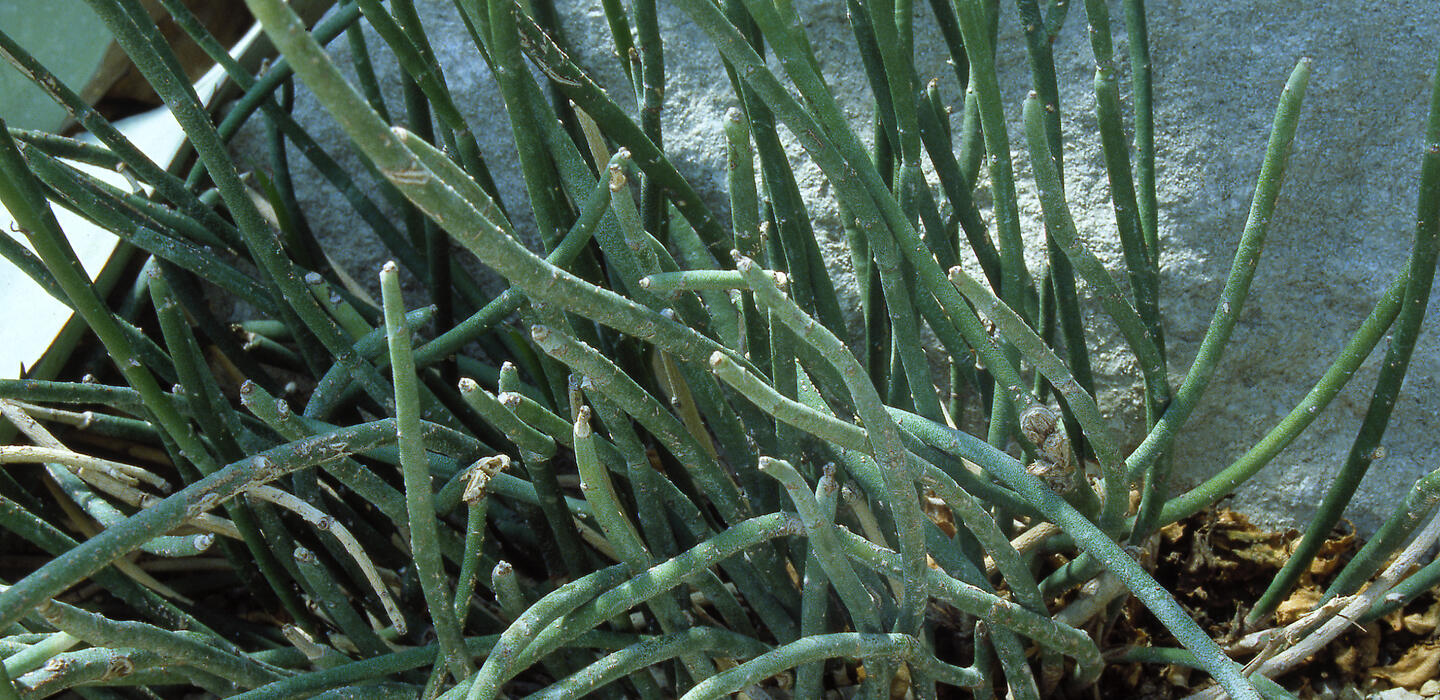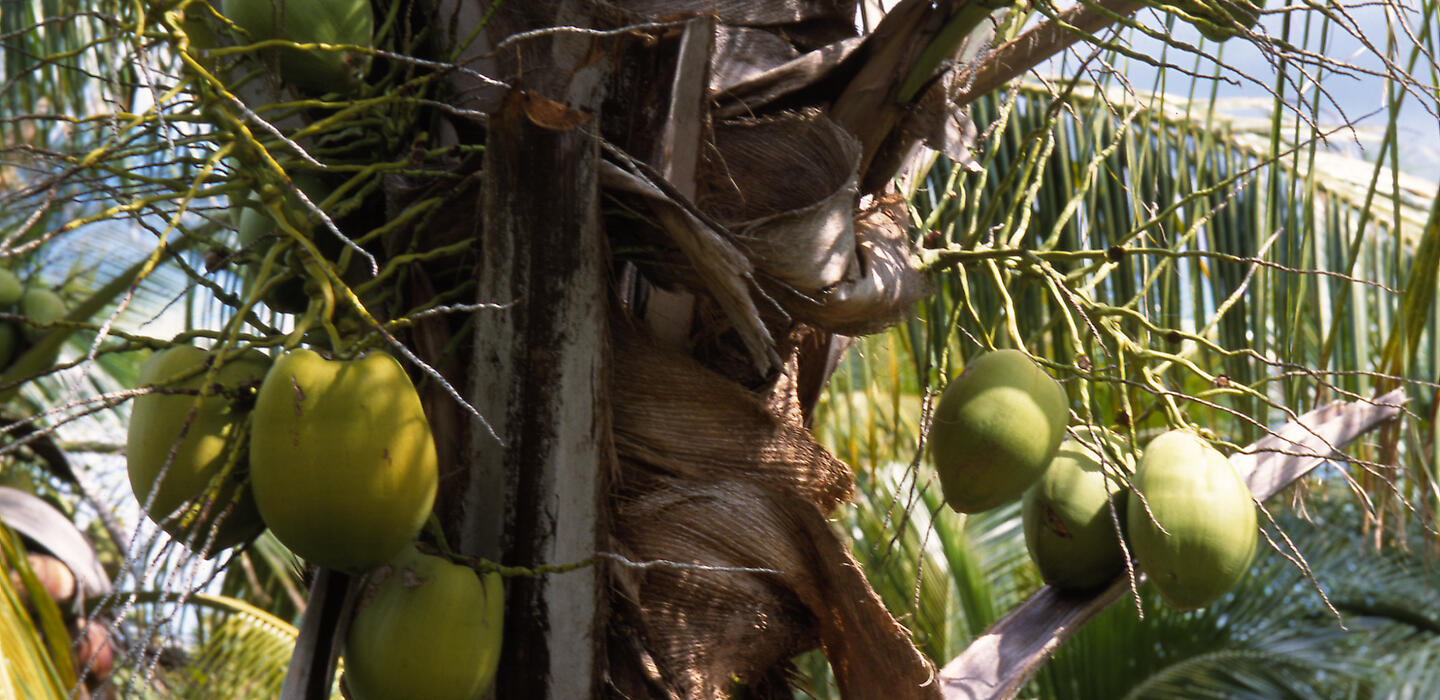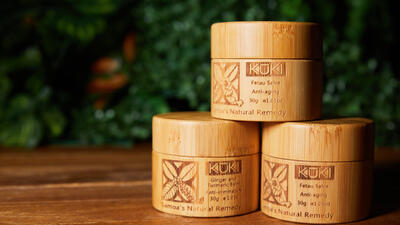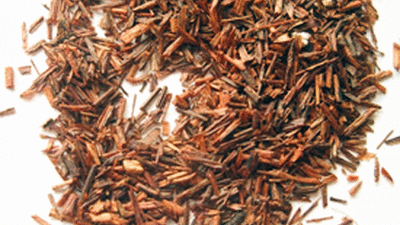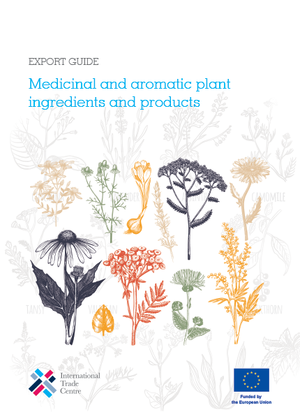
Improving SME access to information unlocks medicinal-plant product markets
Small medicinal and aromatic plant producers can better compete in export markets by understanding and leveraging quality and sustainability standards
Around 26,000 plant species have medicinal or aromatic uses as key ingredients in food, cosmetics and medicinal products. In 2015, the medicinal plants market was valued at more than $3 billion and has been expanding as the use of natural ingredients grows. Yet, lack of access to information on market requirements in the sector is a key constraint for small exporting firms seeking to expand into developed country markets.
The ITC’s new Export Guide: Medicinal and aromatic plant ingredients and products is a comprehensive source that can help small firms understand buyers’ expectations and navigate regulatory and voluntary standards so they can better compete in their target markets. These SMEs can use this resource to reduce the cost of accessing market information, marketing and branding strategies, and certification.
‘I hope that our partners in developing countries, specifically small businesses, will find that this guide improves their capacity to trade, conserve and manage their local wild plant resources sustainably,’ said Pamela Coke-Hamilton, Executive Director at ITC.
While aiming to improve the competitiveness of SMEs in developing countries, the guide can also help policymakers understand market requirements for sustainability in medicinal and aromatic plants. Production and trade issues are covered that are relevant to ingredient producers and processors, traders and exporters, inspection and certification bodies, trade associations and regulatory authorities.
This compendium for SMEs provides details on international sustainability standards for harvesting and producing these plants from farmed and wild populations; quality assurance, from good collection practices to manufacturing practices; and the quality specification and testing requirements of buyers, particularly those in the EU.
Advice includes avenues a small business can take to distribute or export plant ingredients in view of regulatory requirements in target markets. It also gives information on the major markets and trends for ingredients, identifies the main buyers by sub-sector and region, and suggests trade events where small firms can find prospective partners best suited to their offerings, capacity and scale.
This practical resource is designed to provide answers that can potentially save small producers’ shipments from being held up or refused entry by customs authorities or rejected by the buyer. Requirements are elaborated throughout with easily understood figures, tables and tips that illustrate the main points. In addition to consolidating the market requirements into one compact source, it includes contact details and internet addresses for downloading referenced materials.




